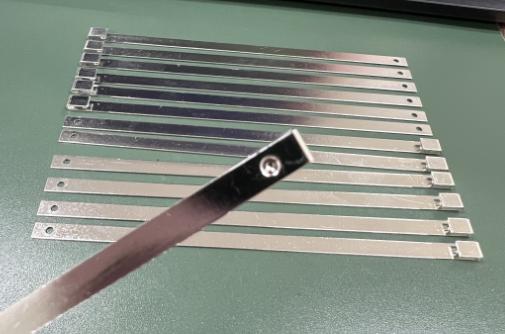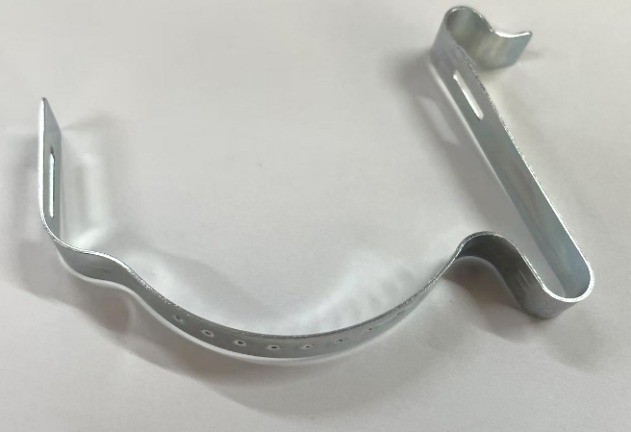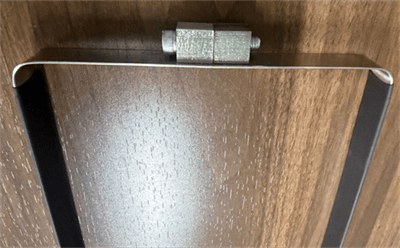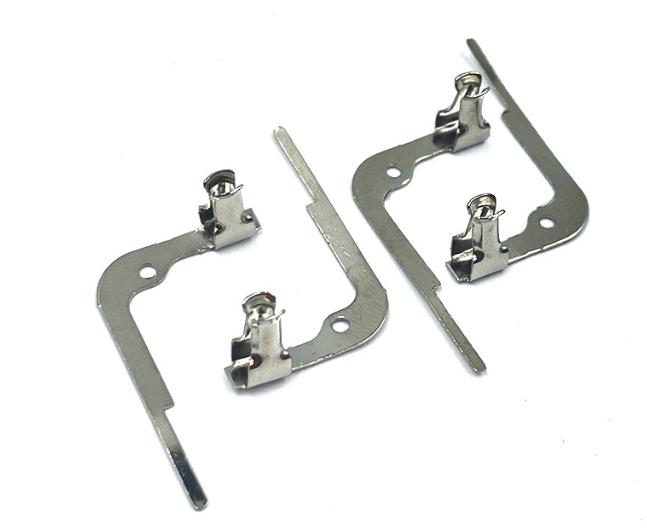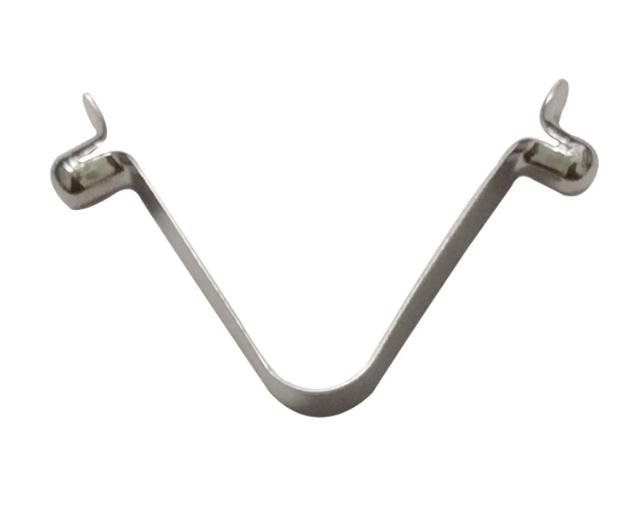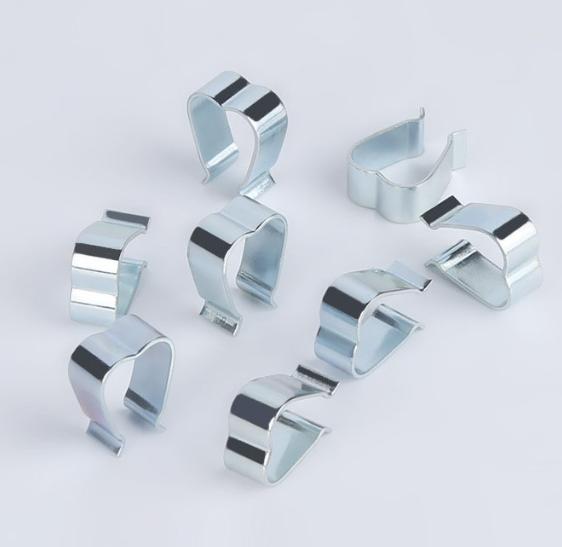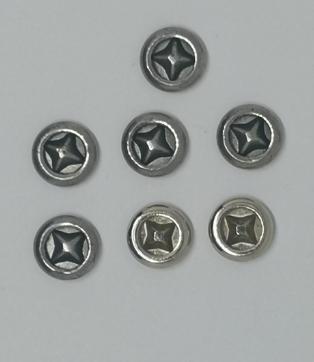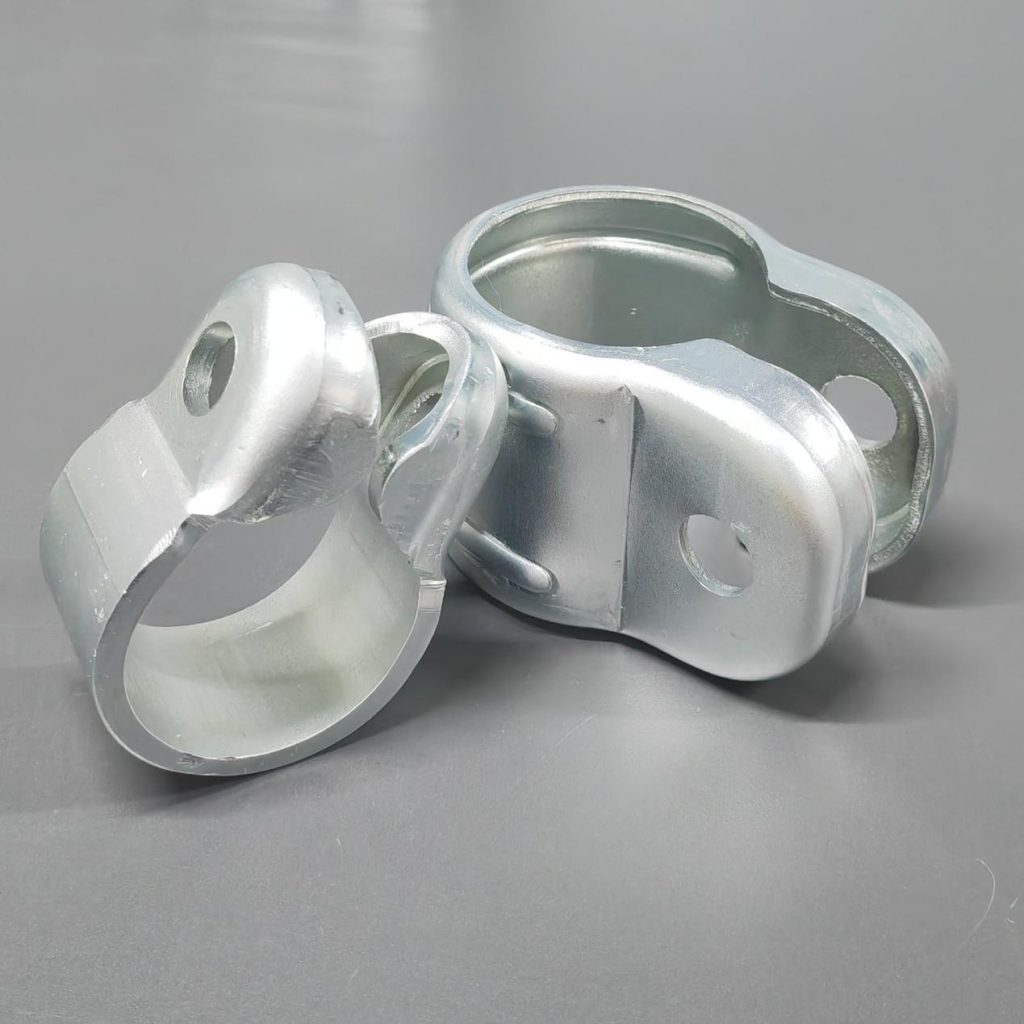The Critical Role of Precision and Miniaturization in Metal Stamping: Driving Innovation and Transforming Manufacturing Excellence
Precision and miniaturization have become critical factors driving innovation in the ever-changing manufacturing landscape. This is most evident in the field of metal stamping, where technological and engineering advancements have enabled manufacturers to achieve unprecedented levels of accuracy and intricacy. This article investigates the transformative impact of precision and miniaturization in metal stamping, shedding light on the key technologies and applications reshaping the industry.
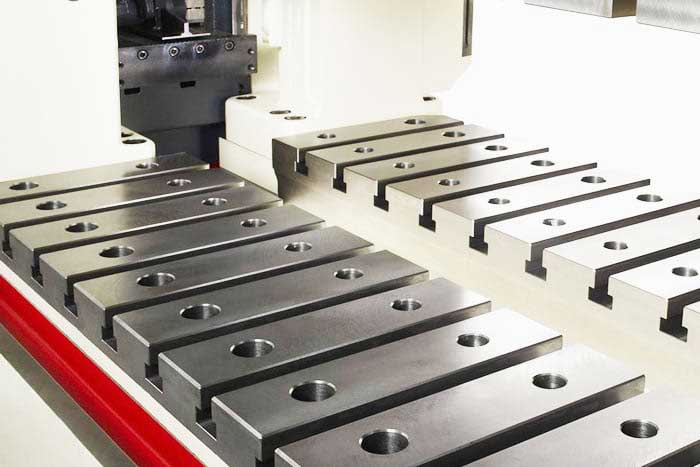
Key Technologies Driving Precision and Miniaturization in Metal Stamping
Metal stamping is a versatile manufacturing process that involves shaping metal sheets or coils into specific shapes with the help of a stamping press and tooling. Historically associated with mass production of large components, the industry has undergone significant transformation, with a strong emphasis now placed on precision and miniaturization.
Precision and miniaturization in metal stamping are achieved through the integration of several key technologies that enhance accuracy, detail, and efficiency in the manufacturing process.
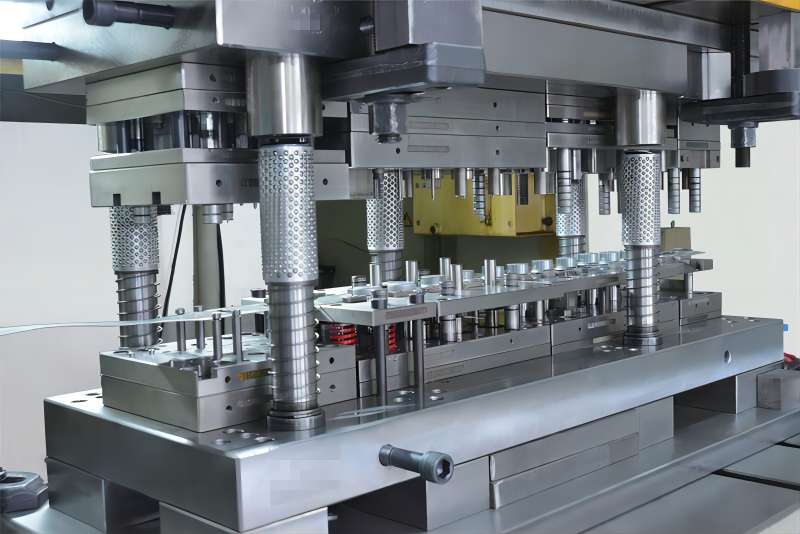
1. Advanced Tooling and Die Design
Accuracy in metal stamping is dependent on high-precision tooling and die design. Computer-aided design (CAD) and computer-aided manufacturing (CAM) technologies make it possible to create intricate tooling with precise geometries. Advanced machining techniques, such as electrical discharge machining (EDM) and high-precision milling, are used to achieve fine details and tight tolerances.
2. Micro Stamping Technology
Micro stamping necessitates the use of specialized equipment and tooling designed specifically for the creation of extremely small components with micron-level precision. This technology enables the manufacture of miniature parts, which are commonly used in electronics, medical devices, and aerospace applications.
3. Laser Cutting and Micro-Machining
Laser cutting technology is a versatile tool for metal stamping precision and miniaturization. High-precision laser systems can cut through thin metal sheets with extreme precision, enabling intricate patterns and small-scale designs. Micro-machining techniques, such as laser micro-machining and micro-electrical discharge machining (µEDM), are employed for creating tiny features with precision.
4. Computer Numerical Control (CNC) Systems
CNC systems provide precise control over the stamping process by guiding the stamping press and tooling based on programmed instructions. CNC technology ensures repeatability and accuracy in producing intricate designs on a small scale. The ability to program CNC machines allows for the production of identical, high-precision components in large quantities.
5. Advanced Materials and Coatings
The use of advanced materials, such as high-strength alloys and exotic metals, contributes to metal stamping precision and miniaturization. These materials have higher strength-to-weight ratios and are more durable, allowing for the creation of smaller but more robust components. Tooling with specialized coatings improves wear resistance and reduces friction during the stamping process.
6. Smart Sensors and Real-time Monitoring
Smart sensors built into stamping presses allow for real-time monitoring of critical variables like force, temperature, and alignment. This information is analyzed in real time, allowing for quick adjustments to maintain precision. Real-time feedback systems ensure that quality is maintained throughout the manufacturing process.
7. Finite Element Analysis (FEA) and Simulation
Manufacturers use finite element analysis (FEA) and simulation tools prior to the actual stamping process to model and optimize the material’s behavior during stamping. These tools help predict potential issues, optimize tooling designs, and ensure that the final stamped parts meet the required precision standards.
8. Adaptive Control Systems
Adaptive control systems use real-time data to make dynamic stamping adjustments. These systems are capable of adapting to changes in material properties, tool wear, and environmental conditions, ensuring continuous precision even in changing manufacturing conditions.
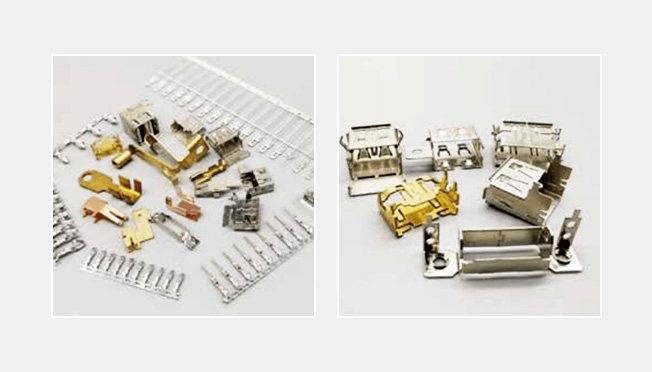
Applications of Precision and Miniaturization in Metal Stamping
1. Electronics Industry
Precision metal stamping is essential in the manufacture of electronic components like connectors, lead frames, and micro-sized contacts. Miniaturization of these components is critical for the electronics industry’s ever-shrinking devices.
2. Medical Devices
Metal stamping is essential in the production of intricate components for medical devices such as implants, surgical instruments, and diagnostic tools. Metal stamping precision ensures the dependability and functionality of these critical healthcare products.

3. Automotive Sector
As automotive design trends lean toward lighter and more fuel-efficient vehicles, metal stamping is employed to create lightweight and precisely engineered automotive components. This includes miniaturized parts for safety features, sensors, and fuel-efficient systems.
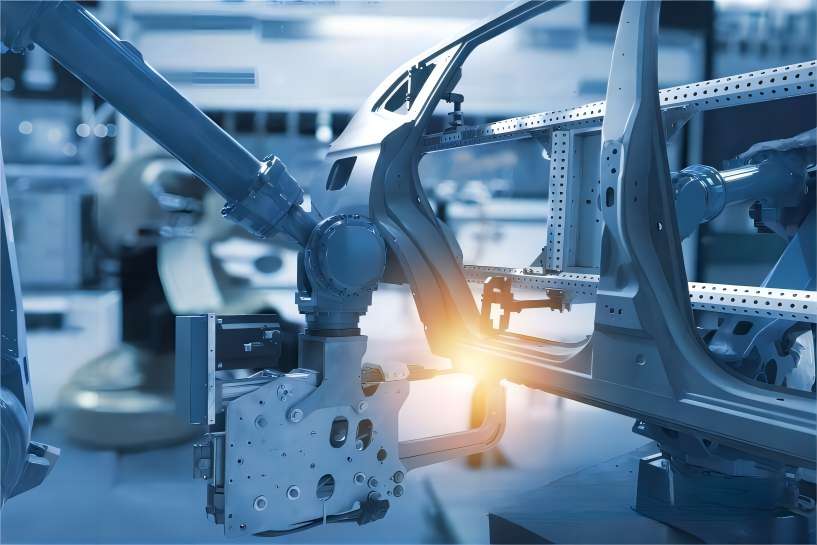
4. Aerospace Applications
In the aerospace industry, where weight is a critical factor, precision metal stamping contributes to the manufacturing of lightweight and durable components. Miniaturized parts are essential for improving fuel efficiency and overall performance.

Conclusion
Precision and miniaturization in metal stamping represent a paradigm shift in manufacturing capabilities. Manufacturers can produce intricate and small-scale metal stamping components with unprecedented accuracy thanks to advancements in tooling, CNC systems, laser cutting, and the use of advanced materials. The applications range from electronics to healthcare, automotive, and aerospace, demonstrating the versatility and significance of these metal stamping advancements. As technology advances, there will be even more opportunities to push the boundaries of precision in metal stamping, opening up new avenues for innovation and efficiency in manufacturing processes.

